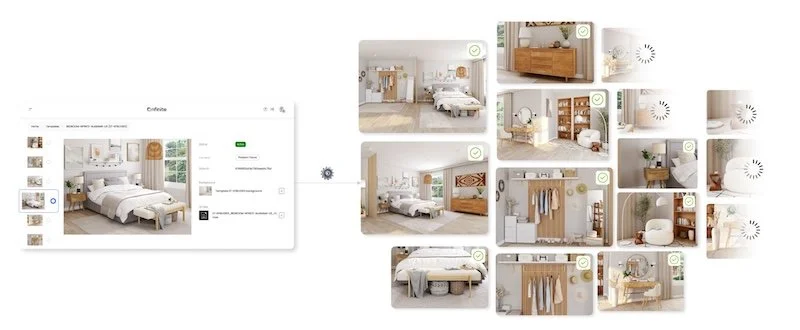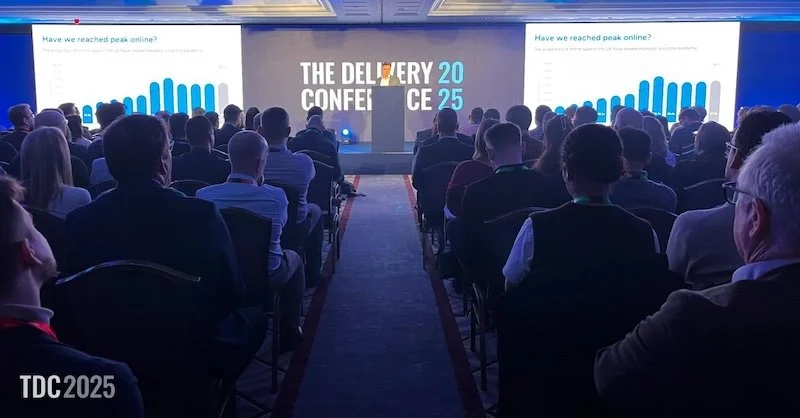How to network effectively on LinkedIn
In this article, leading company formation agent Rapid Formations uncover the steps you should take to network effectively using LinkedIn. Let’s get started.
What type of networking is LinkedIn used for?
LinkedIn serves as an ideal space for professionals looking to achieve a vast range of objectives, such as:
Career advancement
The platform facilitates connections with potential employers across a broad range of sectors, paving the path toward securing your dream career.
Skill development
Engaging with industry experts on LinkedIn can be a catalyst for enhancing your skillset through meaningful networking and valuable content.
Recruitment and talent acquisition
LinkedIn offers a global talent pool to scout and hire qualified candidates, which can be particularly useful when recruiting for specialised roles.
Partnerships
Leveraging LinkedIn’s expansive network can be especially beneficial when seeking a business partner for your next entrepreneurial venture.
While the networking potential of LinkedIn is huge, you’ll need to employ a strategic approach and follow the below best practices to ensure you reap the rewards the platform has to offer. Let’s take a look at the key steps to networking effectively on LinkedIn.
Optimise your profile
First and foremost, you should ensure that your LinkedIn profile is fully optimised and highlights your professional experience and proudest accomplishments to date, as well as your future aspirations. Some of the essentials you should include are:
A professional image
You should ensure your photo is high resolution, clear, and reflects your professionalism and approachability. Steer clear of busy backgrounds and wear something smart that you’d wear in your working environment. If it’s feasible, you may even want to consider getting a professional headshot taken.
A customised URL
Customising your LinkedIn profile URL is not only useful for remembering and adding to your business card, marketing literature and website, but it can also help with SEO and being found through Google.
A compelling headline
Your headline is one of the first things people see on your profile. Rather than simply listing your job title, consider creating a headline that succinctly captures your expertise, value proposition, or unique selling point.
An engaging summary
This is your chance to provide a deeper glimpse into your professional journey, aspirations, and unique strengths. Use this space to showcase your achievements and connect with your audience on a more personal level.
Your experience and qualifications
Underneath your summary, make sure to list your professional experiences in detail.
Highlight your accomplishments, responsibilities, and the impact you've made in each role. Use bullet points to make information more easily digestible for readers. Additionally, include any relevant certifications, awards, or publications that support your expertise.
By optimising your profile, you create a strong foundation for effective networking on LinkedIn. A complete profile not only stands a better chance of attracting potential connections but also sets the stage for meaningful interactions and collaborations.
LinkedIn is the world’s largest online professional network, with over 900 million members from 58 million registered companies, making it a thriving ground for networking possibilities. In recent years, the platform has become a prime spot for professional growth. But despite the wealth of networking opportunity LinkedIn has to offer, it is still a relatively misunderstood platform.
Request endorsements
LinkedIn endorsements are a great way to add credibility to your profile. You’ll find them situated under the ‘Skills’ section on your profile. While you can add your own skills by clicking the ‘plus’ sign, getting others to validate them by hitting the ‘endorse’ button strengthens your professional image.
Don't hesitate to ask colleagues, managers and close connections to vouch for your skills and expertise in a specific field. The more endorsements you get, the more credible your online profile will appear.
If you are unsure about asking people directly, then another effective approach is to start by voluntarily endorsing others first. More often than not, this will trigger your connection to return the favour.
Grow your network
Once your profile is complete, it’s time to build your network. A good place to start is by connecting with people you already know; former and current co-workers, peers from the schools or universities you’ve attended, and thought leaders within your industry.
Asides from familiar faces, you can also make use of the ‘People you may know feature’, located under the ‘My Network’ tab. In this section, you’ll find a broad range of suggested people to connect from across your industry or working in similar roles, as well as mutual connections.
Personalise your messages
One of the greatest aspects of LinkedIn is that you can connect one-on-one with professionals spanning almost any sector, no matter where they are in the world.
Use this opportunity wisely by ensuring you tailor each message you send. One of the biggest faux pas on LinkedIn is sending generic, bulk messages which fail to engage the recipient.
Instead, take the time to personalise your message providing meaningful insight for reaching out. For example, you could mention a recent activity that caught your attention on their profile, congratulate a recent achievement they've shared or acknowledge a thought-provoking article they've written.
Highlight why you believe connecting with them would be beneficial and how your collaboration could be mutually valuable. This will not only up your odds of a response, but it will help foster a genuine connection.
Engage with and share content
LinkedIn provides the perfect space to engage with and exchange valuable insights. Interacting with content and sharing your own contributions can significantly enhance your networking experience.
Offer thoughtful comments, ask questions, and provide support or encouragement on other people’s posts. This helps keep you visible in your network and showcases your expertise and interest in the industry.
You might also consider creating your own articles or posts on LinkedIn. Share your professional experiences, interesting insights, and useful tips that can benefit your network and establish yourself as a thought-leader. Well-crafted content can attract new connections and further establish your authority in your field.
Join relevant groups
LinkedIn groups relevant to your industry, interests, or areas of expertise serve as hubs for discussions, knowledge sharing, and networking.
Participating in these groups by getting involved in conversations, asking questions, offering guidance or recommendations can be a brilliant way to connect with like-minded professionals and attract meaningful interactions as well as potential collaborations.
These groups also often serve as a valuable source to keep you informed of relevant events, industry news, and emerging trends, enriching your knowledge and keeping you at the forefront of your professional field.
If you notice a gap within your field of expertise or niche, you might consider starting your own group which can be another effective way to establish relevant connections and position yourself as an authoritative figure within your sector.
Final thoughts
So, there you have it, how to effectively network on LinkedIn. We hope that you’ve found this post useful and that it’s provided you with the insight to grow your network and make lasting connections.
















Continue reading…